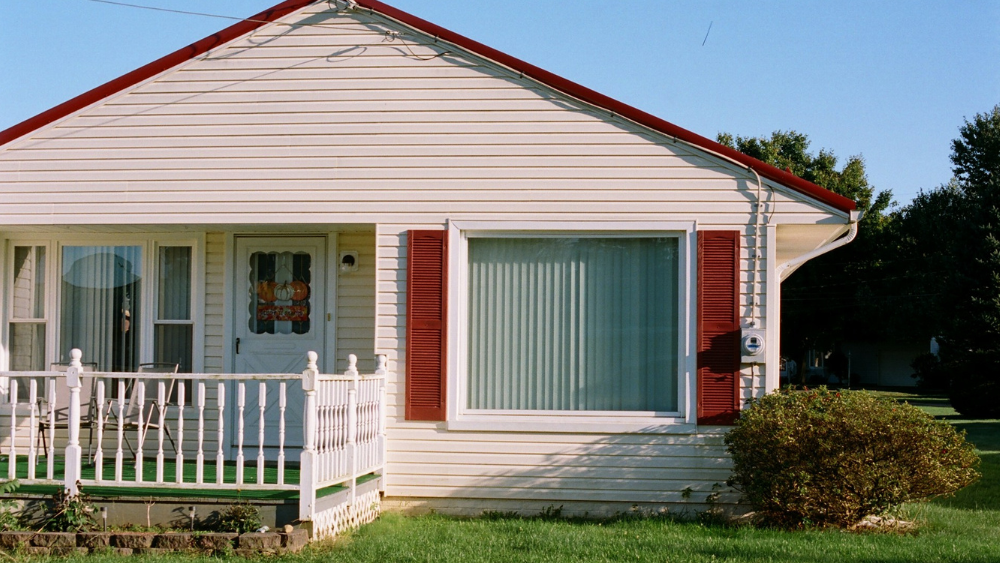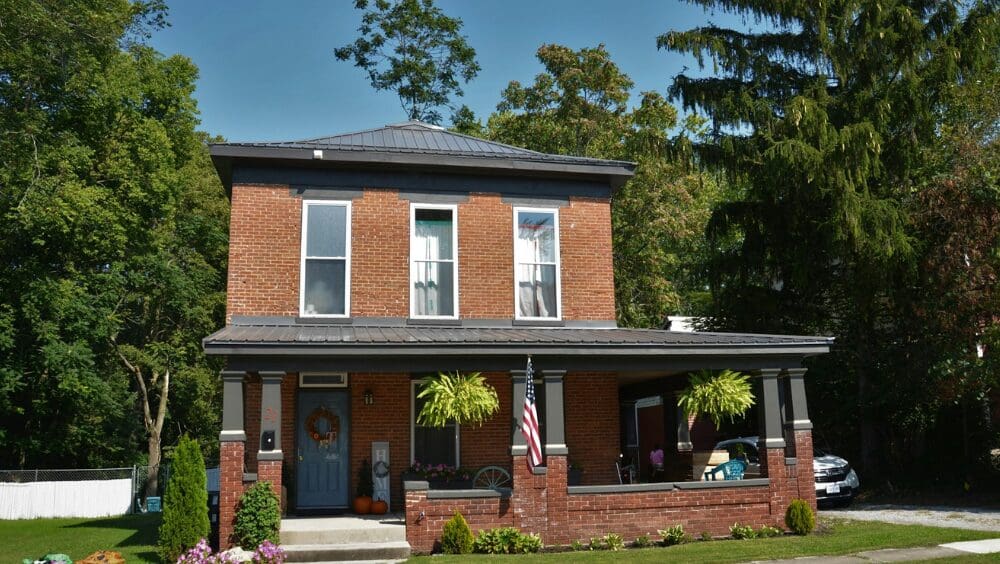
In today’s high-interest mortgage market, finding affordable homebuying solutions is more crucial than ever. If you’re eyeing a property with a VA loan attached, you might be wondering about the potential of assuming the loan to benefit from a lower interest rate. This guide will walk you through the concept of an assumable VA loan. From understanding what it entails to navigating the requirements and process, we’ve got you covered. Whether you’re a veteran or not, discover how this option might be your key to a more affordable home purchase. A VA (Department of Veterans Affairs) assumable loan is a unique financial option that allows a qualified individual to take over the mortgage of a home with an existing VA loan. This means if you’re considering buying a home, you can assume the seller’s VA loan instead of taking out a new mortgage. The most attractive feature of this arrangement is the potential to inherit the seller’s interest rate, which could be significantly lower than current market rates. According to data from the Government National Mortgage Association (Ginnie Mae), about 90% of all VA homeowners have a mortgage rate below 5%. “One big advantage is obviously getting a lower interest rate,” says Eric Broesamle, a top Michigan real estate agent who has been helping home buyers for more than 22 years. “If the existing mortgage has a lower interest rate than the current rates, the assumable mortgage will allow the borrower to retain that better rate.” A lower interest rate can lead to more manageable monthly payments and overall cost savings, clearing a path to homeownership that might otherwise be out of reach. For example, if you assume a $400,000 VA loan at a 3% interest rate compared with a new loan at 8%, you can save $1,250 per month with the lower payment. Broesamle adds, “A lot of buyers don’t know that this is an option.” To assume a VA loan, there are specific requirements that both the seller and the buyer must meet. Here’s a breakdown of what you need to know: Broesamle explains that for any potential buyer, assuming a mortgage mostly depends on the borrower’s creditworthiness. “I have the buyer talk to the lender initially, and I say, ‘Hey, these are some of the options, let’s see if we can get you approved.’ Plus, the approval process can be faster. It’s an easier qualification, especially if you have good credit.” Understanding these requirements is the first step in determining if assuming a VA loan is the right path for you. Keep in mind that each lender may have additional stipulations, so it’s important to communicate clearly with the involved parties throughout the process.What is a VA assumable loan?
What are the requirements to assume a VA loan?



